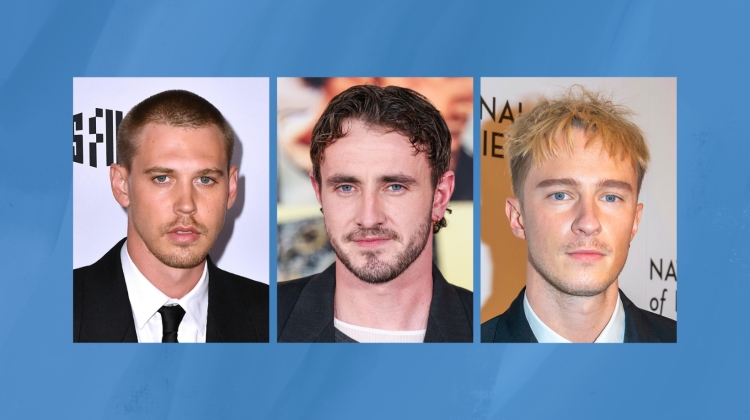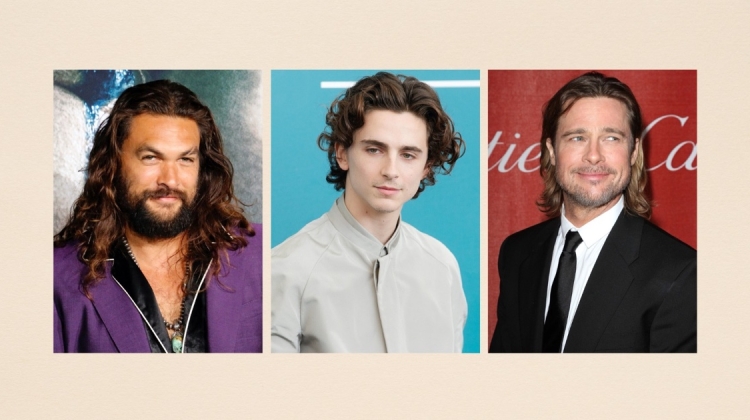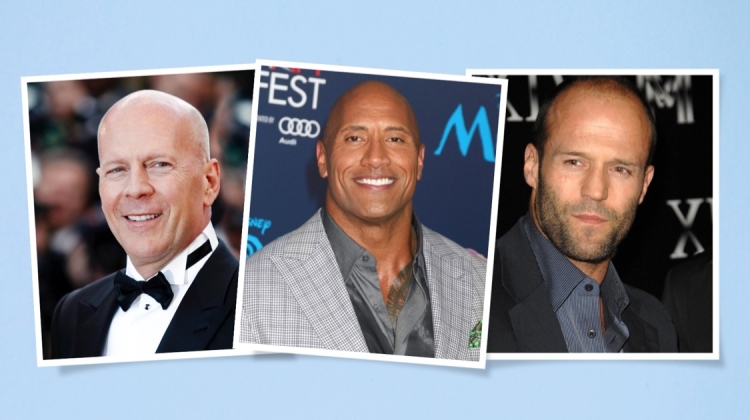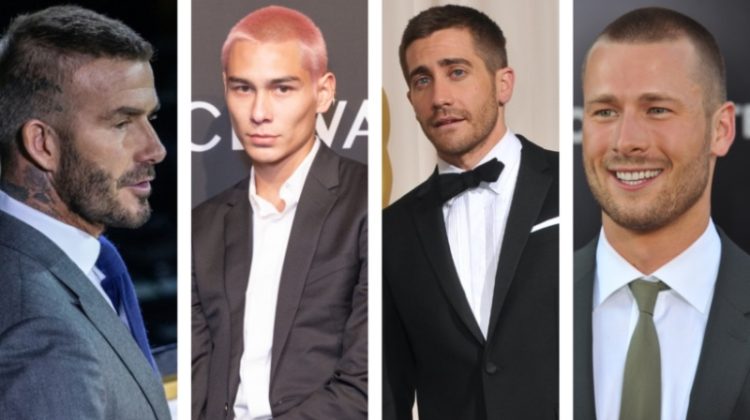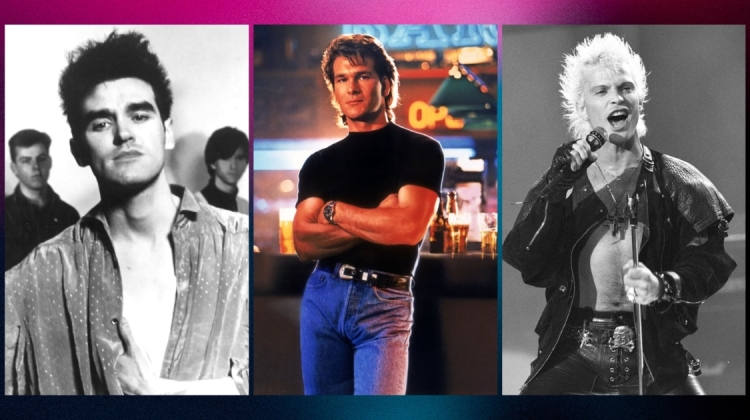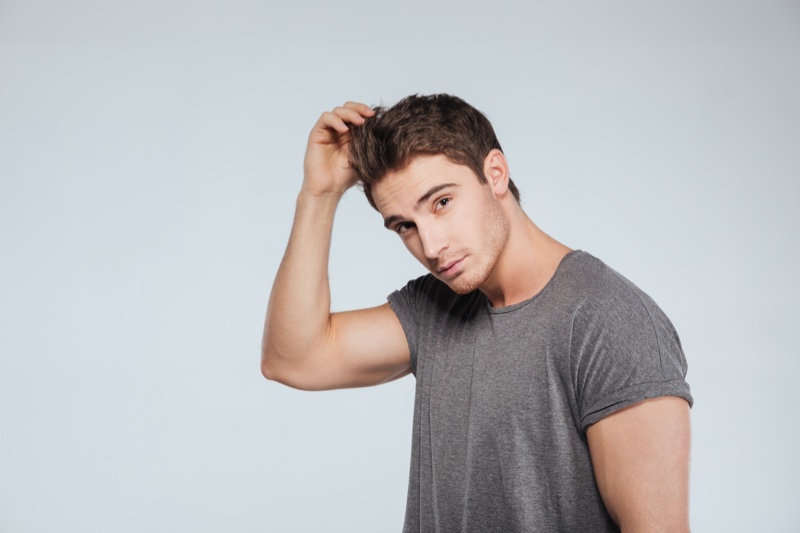
Having a full head of healthy, luscious hair is something many people desire. Unfortunately, hair loss is a common concern affecting millions worldwide, regardless of age or gender.
Losing hair can be distressing and significantly impact your self-esteem and confidence. Some degree of hair loss is indeed natural and a part of the hair growth cycle. However, you can implement several tips and strategies to prevent excessive hair loss and maintain healthy, vibrant hair.
So, let’s take a look at some of the most effective tips and strategies for hair loss prevention with practical advice to maintain healthy hair.
Understanding Hair Loss
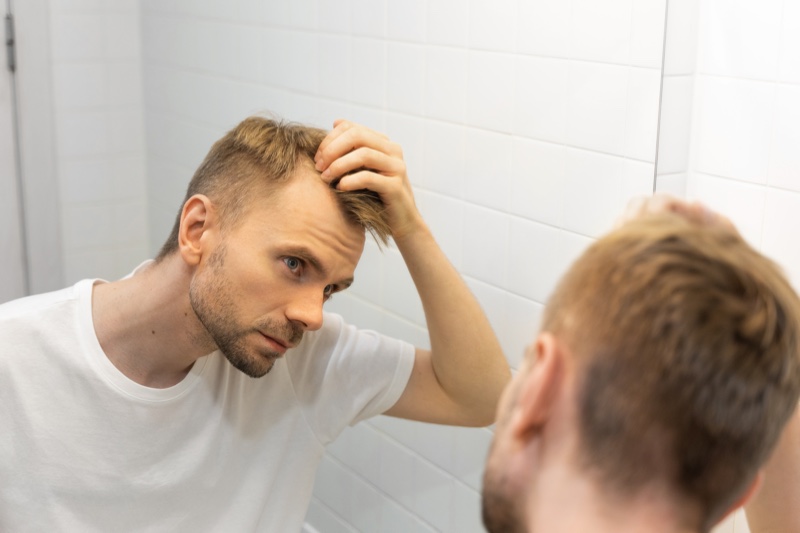
Before diving into prevention strategies, you need to understand the causes of hair loss. Hair loss can be attributed to various factors, including genetics, hormonal changes, nutritional deficiencies, stress, medication, and certain medical conditions.
By identifying the root cause of your hair loss, you can better tailor your hair loss prevention efforts and seek appropriate treatments if necessary.
There are various types of hair loss treatments available, including scalp micropigmentation, which has become quite popular recently. Scalp micropigmentation costs far less and is quite affordable compared to other methods.
So you’ll have a lot of options, but we’d suggest consulting with a healthcare professional or dermatologist for a thorough evaluation of your hair condition. Apart from artificial treatment, you can enhance the overall health and appearance of your hair with these simple but valuable tips:
Hair Loss Prevention Steps
1. Balanced Diet

Maintaining a balanced and nutritious diet is fundamental for overall health, including the health of your hair. That’s why you should include a variety of nutrient-rich foods in your meals to provide the necessary building blocks for hair growth. Some key nutrients for healthy hair include:
Protein: Hair is primarily made of the protein keratin, so it’s suggested to consume an adequate amount of protein-rich foods like lean meats, fish, eggs, legumes, and nuts.
Vitamins: Known for skin health benefits, Vitamin A elevates sebum production, moisturizing the scalp and preventing breakage. Sources of vitamin A include carrots, sweet potatoes, spinach, and broccoli.
Vitamin C aids in producing collagen, which is essential for hair structure. Citrus fruits, berries, kiwis, and peppers are rich in vitamin C. Vitamin E acts as an antioxidant, protecting the hair follicles from damage. Include foods like almonds, avocados, and sunflower seeds in your diet for vitamin E.
Minerals: Iron helps transport oxygen to the hair follicles, enabling hair growth. Good sources of iron include red meat, spinach, lentils, and tofu. Zinc is involved in hair tissue growth and repair. Oysters, beef, pumpkin seeds, and chickpeas are rich in zinc.
Omega-3 Fatty Acids: Found in fatty fish like salmon and sardines, omega-3 fatty acids help nourish the hair follicles and increase hair growth.
2. Hydration
Staying hydrated is crucial for overall health and has a significant role in promoting healthy hair. So always aim to drink at least eight glasses of water daily to stay adequately hydrated.
Dehydration can lead to several health-related problems, including brittle hair more prone to breakage. Drinking enough water ensures that your hair stays moisturized from within. Your other organs will also stay healthy and help you prevent unnecessary hair loss.
3. Gentle Hair Care
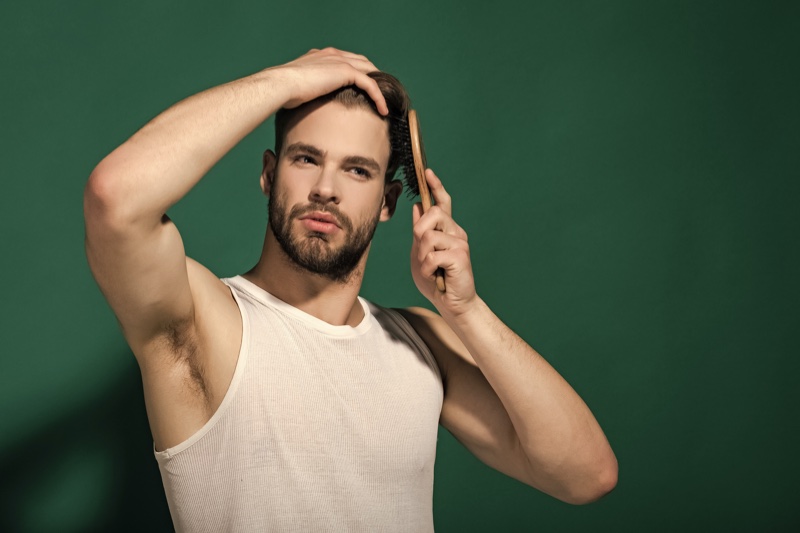
Being gentle with your hair can prevent unnecessary damage and breakage. Follow these tips for gentle hair care:
Brushing: Use a wide-toothed comb or a brush with soft bristles to detangle your hair. Start from the end and work your way up to avoid pulling and breakage. Avoid aggressive brushing, especially when your hair is wet, as wet hair is more fragile.
Towel Drying: Do not try to dry your hair roughly using a towel after wash. Wet hair is soft and more prone to damage. Softly squeeze out as much retained water as possible, then lightly pat dry.
Hairstyles: Avoid tight hairstyles that pull on the hair, such as tight ponytails, braids, or buns. These styles lead to tension and breakage over time. Besides, opting for looser hairstyles that don’t strain your hair excessively is advised.
4. Avoid Heat & Chemicals
Excessive heat and chemical treatments can weaken the hair shaft, causing significant breakage and hair loss. Here’s what you can do to minimize damage:
Heat Styling: Limit the use of heat-styling tools like hair dryers, straighteners, and curling irons. Allow your hair to air dry naturally. If you need to use heat styling tools, apply a heat protectant spray before using them to minimize damage.
Chemical Treatments: Chemical treatments like perming, relaxing, and coloring can damage the hair and scalp. Minimize the frequency of these hair styling treatments and opt for hair loss treatments. If you do choose to undergo chemical treatments, make sure to follow proper aftercare instructions.
5. Protect from Sun & Environmental Damage

Exposure to the sun’s harmful UV rays can weaken the hair, making it dry and brittle. Protect your hair from sun damage by following these tips:
Put on a Hat: When spending extended periods in the sun, use a hat or headscarf to shield your hair from direct sunlight.
UV Protection: Use hair care products that contain UV filters or sun protection factors (SPFs) to protect your hair from UV damage. Look for leave-in conditioners, sprays, or styling products with built-in UV protection.
Chlorine Protection: If you swim in pools, wear a swim cap to protect your hair from the damaging effects of chlorine. Rinse your hair thoroughly after swimming to remove any residual chlorine.
6. Regular Washing & Conditioning
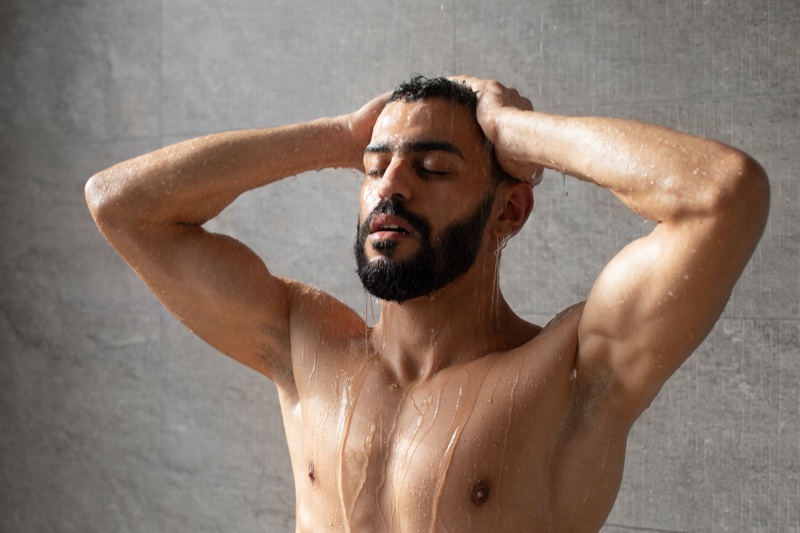
Keeping your scalp and hair clean is essential for maintaining a healthy environment for hair growth. Follow these guidelines for washing and conditioning:
Shampooing: Wash your hair regularly with a gentle shampoo to eliminate dirt, excess oil, and product buildup. Avoid washing your hair excessively, as it can strip away the natural oils that keep your hair moisturized.
Conditioning: After shampooing, use a conditioner to moisturize and nourish your hair. Focus on applying conditioner to the ends of your hair, as they tend to be drier and more prone to breakage. Leave the conditioner on for a few minutes before rinsing it out thoroughly.
7. Massage & Scalp Care
Massaging your scalp regularly can stimulate blood circulation, enhancing hair growth and nourishing hair follicles. Here’s how you can incorporate scalp care into your routine:
Scalp Massage: Using your fingertips, gently massage your scalp in circular motions for a few minutes daily. This increases blood flow to the hair follicles, delivering nutrients and oxygen for healthier hair growth.
Essential Oils: Add oils to your scalp massages to enhance the benefits. Lavender, rosemary, and peppermint oils are known to promote hair growth. Dilute a few drops of the essential oil in a carrier oil (such as coconut or jojoba oil) and massage it into your scalp.
8. Use Hair Loss Prevention Products
Various hair loss prevention products available in the market can aid in maintaining healthy hair. When choosing such products, look for key ingredients that boost hair growth and prevent hair loss. Here are some examples:
Biotin: Biotin is a B vitamin that supports hair growth and strengthens the hair. Look for shampoos, conditioners, and serums that contain biotin to nourish your hair.
Saw Palmetto: Saw palmetto is a natural extract that helps inhibit the conversion of testosterone into dihydrotestosterone (DHT), which can contribute to hair loss.
Minoxidil: Minoxidil is an FDA-approved topical treatment and a proven medicine for hair loss. It helps stimulate hair growth and can be found in various over-the-counter products. But you must carefully follow the instructions when using minoxidil-based products.
When choosing hair loss prevention products, consider consulting a dermatologist or trichologist to determine the most suitable options for your specific needs and conditions.
9. Stress Management

Stress is a common contributor to hair loss. Chronic stress can disrupt the normal hair growth cycle and lead to excessive shedding. Here are some stress management techniques to incorporate into your routine:
Meditation & Deep Breathing: Practice meditation or deep breathing exercises to promote relaxation and reduce stress levels. Find a quiet space, sit comfortably, and focus on your breath or use guided meditation apps.
Yoga or Exercise: Engage in regular physical activity, such as yoga or exercise, to release tension and improve overall well-being. Physical activity helps reduce stress and stimulates better sleep, which is crucial for healthy hair.
Hobbies & Relaxation Techniques: Engage in activities that bring you joy and help you relax. This can include reading, listening to music, painting, gardening, or any other hobbies that help you unwind and take your mind off stress.
Final Words
By following these tips and strategies in your daily routine, you can take these steps for hair loss prevention. Remember, consistency is a significant part of avoiding excess hair loss, and results may take time to manifest. However, with proper care and attention, you can grow healthy hair and boost your confidence along the way.
